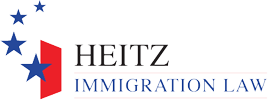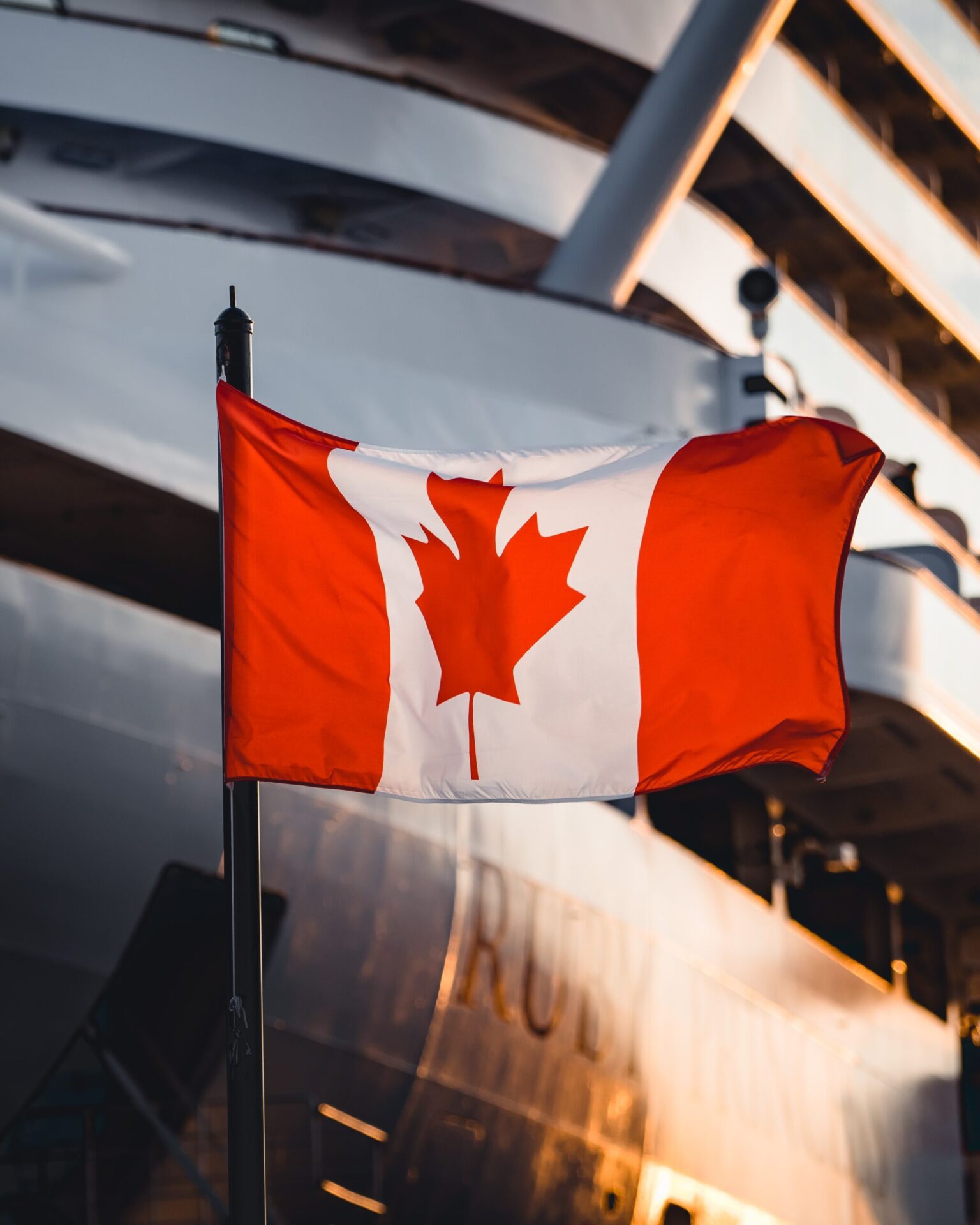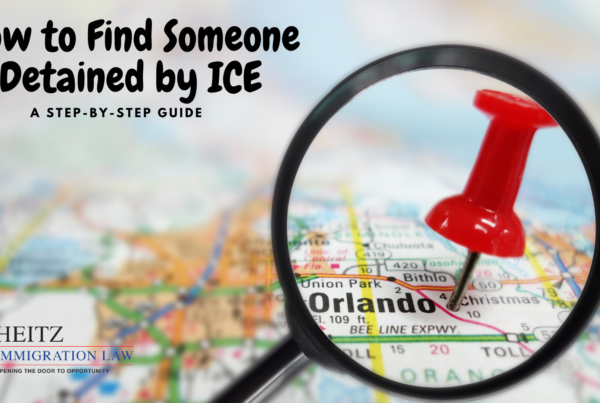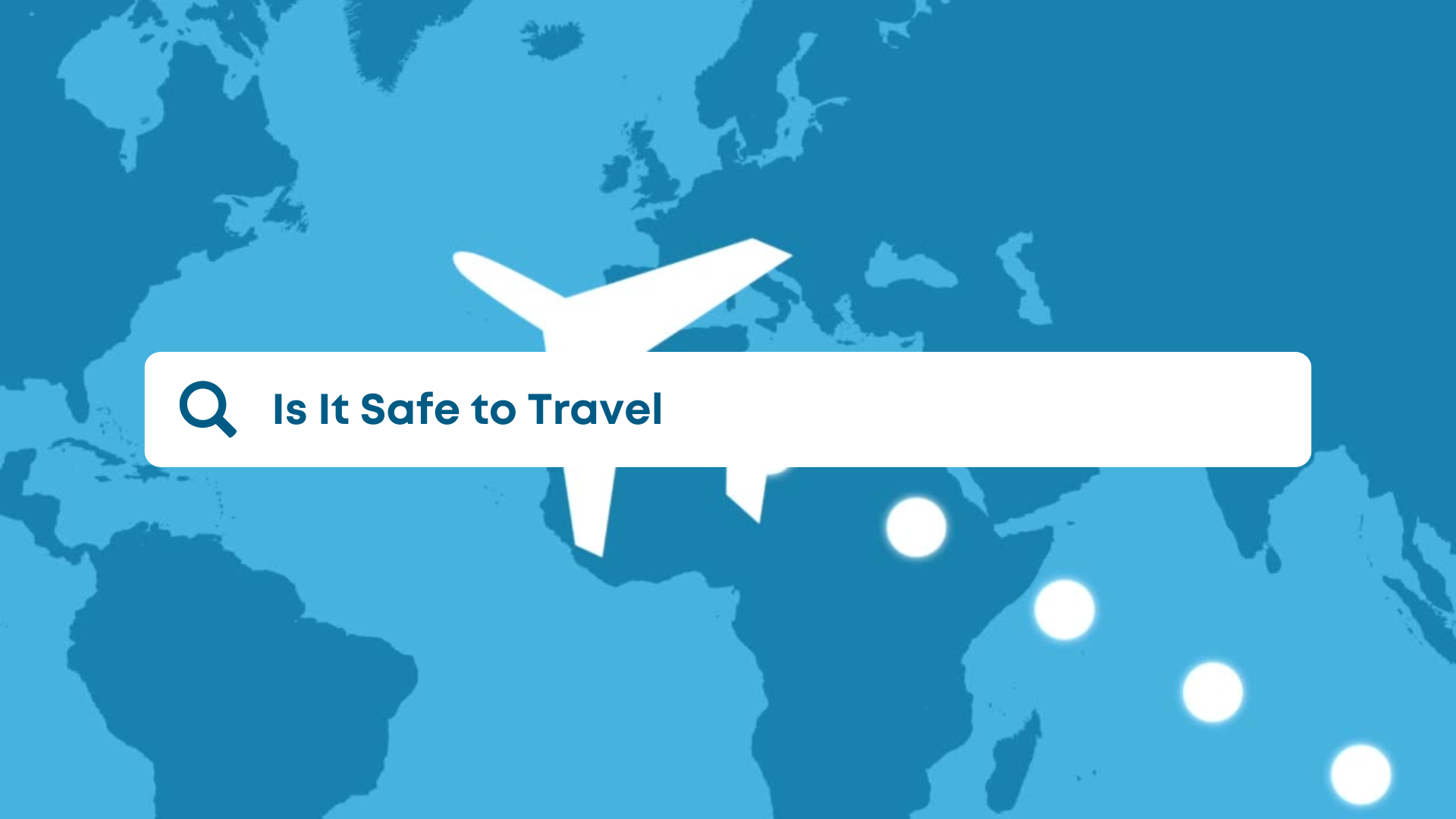With the COVID-19 travel restrictions imposed by the US and Canada, you may be confused on what the rules are. Here are the Top 10 “Need to Know” rules as originally published by AILA (American Immigration Lawyer’s Association) for anyone in Canada that needs to travel to the USA.
The travel suspension was first enacted by both countries on March 20, 2020, and they have been extended numerous times. The Department of Homeland Security has extended these border restrictions to November 21st, 2020, however they are working with Canada and Mexico to possibly ease the restrictions for the future. Here is what you need to know:
1. The travel restrictions only apply to the LAND ports of entry. What that means is travel from Canada to the USA by car or train or ferry is restricted. BUT – if you are flying into the USA from Canada on an airplane or coming in by boat at sea then the travel restriction does NOT apply to you.
2. The Land border is not really closed, its just limited to “essential travel. Here is the list of who or what constitutes essential travel for people coming to the USA from Canada. The following can travel into the USA unrestricted:
a. U.S. citizens and lawful permanent residents (green card holders),
b. International students, c. People traveling to receive medical treatment,
d. Emergency responders/public health officials,
e. Truck drivers moving cargo or other individuals engaged in international trade,
f. Official government/diplomatic travel,
g. Members of the U.S. armed forces and their spouses and children who are returning to the U.S. or who are engaged in military-related travel or operations.
3. The only travel considered non-essential is tourist travel. Some U.S. ports of entry will interpret this differently and might require proof of the essential travel. If you are a business visitor, then you can enter the US from Canada as long as you arrive by air. If you are unsure, call the port of entry, here’s a link: https://www.cbp.gov/contact/ports
4. If you are a dependent on someone’s employment-based visa (your visa would be a TD, H-4, or L-2), then the port should consider you to be “essential” as long as you are entering under that visa. But if you are just coming as a tourist/visitor, then you could be refused admission.
5. If you are arriving to the U.S. by car and there is at least one non-essential traveler in the car (for example, a parent who is dropping off a child at school when the child has an F-1 student visa, in this case the parent is entering as a visitor), then everyone in the vehicle will be refused entry, including the person who is essential! But if you are flying in, then it would be ok.
6. If you are arriving at a land port of entry with a TN visa or L-1 visa to be adjudicated by a CBP officer, then you might have to provide evidence that your employment in the U.S. is essential. Again, call your land port of entry in advance to ask about this, or better, fly in on a plane to avoid this.
7. If you are a Canadian citizen already in the U.S. and you are in need of getting your TN visa or L visa approved at the border, you can do a “flagpole,” where you drive into Canada, make a U-turn and come right back to the U.S. border to have your visa adjudicated by the CBP officer, as long as you did not leave your car when you were in Canada.
8. Someone who is not a Canadian or U.S. citizen or permanent resident (this would be called a “third country national”), cannot enter Canada for the purpose of applying for a U.S. visa at a U.S. Consulate in Canada, because of the travel restrictions imposed by Canada at this time.
9. If you are a Canadian citizen and need to apply for a waiver at a port of entry in order to enter the U.S. (this would be an I-192 waiver for something like a prior criminal matter or a prior misrepresentation at the border), then check with the port because there are limited ports handling this. It would be better to apply online.
10. Canada still has a strict procedure for U.S. travelers into Canada who must agree to self-quarantine for 14 days after entry to Canada. If you are permitted to enter Canada, you should plan in advance so that you can present your quarantine plan at the border entry verbally or in writing.









